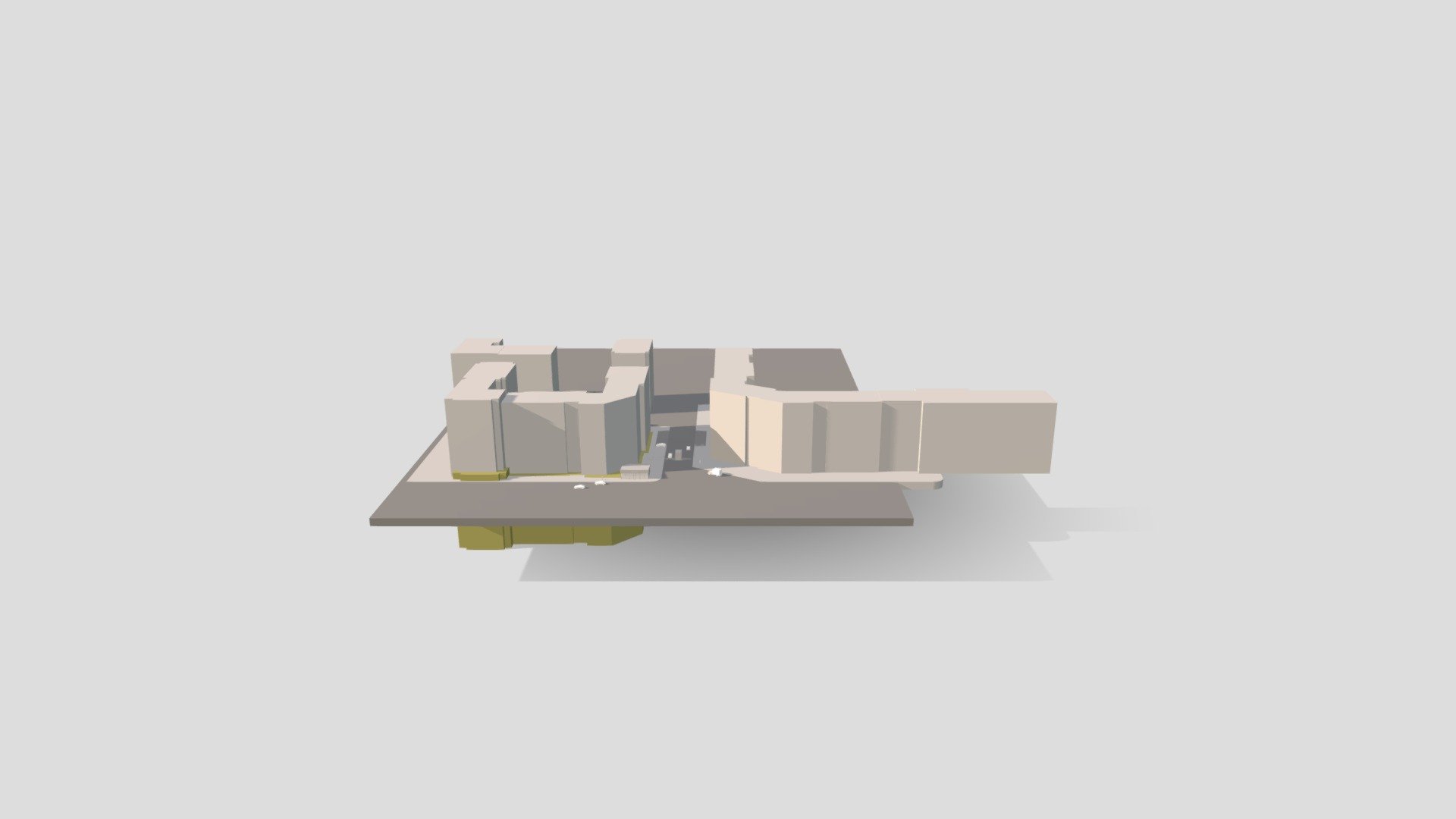
ОП river
sketchfab
The human body is a complex and highly organized system that consists of approximately 37 trillion cells. These cells are constantly interacting with each other to maintain homeostasis, regulate bodily functions, and adapt to changes in the environment. The brain plays a crucial role in controlling many of these interactions by sending signals through the nervous system to various parts of the body. The human skeleton is made up of 206 bones that provide structural support, protection for vital organs, and sites for muscle attachment. The skeletal system also houses the cells responsible for producing blood, known as hematopoietic stem cells. In addition, it serves as a reservoir for minerals such as calcium and phosphorus, which are essential for maintaining strong bones. The muscular system consists of three main types: skeletal, smooth, and cardiac muscles. Skeletal muscles are attached to bones and facilitate movement by contracting and relaxing in response to nerve impulses. Smooth muscle is found in the walls of hollow organs such as blood vessels, the digestive tract, and airways, where it helps regulate the flow of substances through these passageways. The circulatory system transports oxygenated blood throughout the body via a network of arteries, veins, and capillaries. This process allows cells to receive the necessary nutrients and oxygen for growth and maintenance. The circulatory system also plays a key role in maintaining body temperature by transporting heat from the core of the body to the skin's surface. The respiratory system is responsible for exchanging oxygen and carbon dioxide between the atmosphere and the bloodstream through the process of breathing. It consists of the nose, mouth, trachea, bronchi, lungs, and diaphragm. The lungs are the primary organs involved in gas exchange, where oxygen diffuses into the blood and carbon dioxide is removed. The digestive system breaks down food into nutrients that can be absorbed and utilized by the body's cells. It begins with ingestion of food through the mouth, followed by mechanical and chemical digestion in the stomach and small intestine. The resulting nutrients are then absorbed into the bloodstream via the walls of the small intestine. The nervous system is composed of two main parts: the central nervous system (CNS) and the peripheral nervous system (PNS). The CNS includes the brain and spinal cord, which process information and coordinate bodily functions. The PNS consists of nerves that connect the CNS to the rest of the body, allowing for the transmission of signals. The endocrine system produces hormones that regulate various physiological processes such as growth, metabolism, and reproductive function. It consists of several glands located throughout the body, each with its own specific hormone production and release patterns. The pituitary gland acts as a master gland by controlling the secretion of hormones from other endocrine glands. The immune system protects the body against pathogens such as bacteria, viruses, and fungi through a complex network of cells, tissues, and organs. It includes white blood cells like neutrophils and lymphocytes that attack invading microorganisms. The spleen filters the blood for foreign particles, while the lymph nodes help to trap and destroy pathogens. In addition to these systems, the human body also has a number of other essential components including the skin, which protects against external damage; the eyes, which detect light and transmit visual information; and the ears, which perceive sound waves.
With this file you will be able to print ОП river with your 3D printer. Click on the button and save the file on your computer to work, edit or customize your design. You can also find more 3D designs for printers on ОП river.
